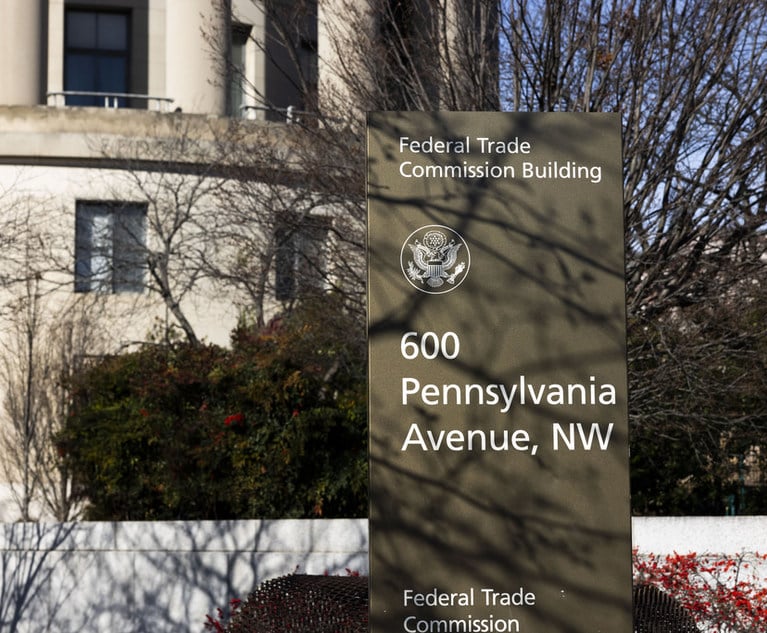NU Online News Service, Jan. 31, 10:52 a.m.EST
|WASHINGTON—Capacity has increased for terrorism risk insurancesince 2006, but take-up rates remain about the same, a Treasuryworking group reported late Friday.
|The report said that take-up rates among commercialinsurance policyholders reached approximately 60 percent in 2006,"but have remained roughly flat since then."
|The fact that the take up rate has remained at 60 percentdespite a decline in the price of various products indicates demandfor terrorism risk insurance has "leveled off," the reportsaid.
|The report said improvements in the terrorism risk insurancemarket may have occurred due to "improvements in modeling andmanaging accumulation and concentration of aggregate lossexposure."
|Other factors include new market entrants, increased competitionand heightened capital positions of the property and casualtyinsurance and reinsurance industries.
|At the same time, the report suggested that the "industry betterunderstands aggregate risk and the increased capacity andcompetition have resulted in decreases in price generally."
|Nevertheless, capacity remains constrained in some markets andsome commercial insurance policyholders in high-risk urban areasstill have difficulty obtaining coverage with sufficient lists, thereport said.
|Moreover, the report implied that a federal role in the marketwill remain for at least some time to come because "marketparticipants—policyholders, insurers, and reinsurers—remainuncertain about the ability of models to predict the frequency andseverity of terrorist attacks.
|"Such views influence policyholder perception of risk andpurchase decisions, as well as insurer and reinsurer capacityallocations," the report said. "This may limit further developmentof reinsurance capacity."
|The report was based on independent analysis and the views of anumber of interested parties that commented on the issue.
|The report concluded, "As many commenters point out, the [TRIA]program provides an incentive to property and casualty insurers andreinsurers who might not otherwise provide terrorism risk insuranceat current capacity levels, or at current prices, absent Federalsupport or state law mandates. It does this by providing somedegree of certainty of an insurers' maximum loss exposure.
|"However, policymakers should review aspects of the program inorder to encourage further development by the private sector."
|The report was issued by the President's Working Group onFinancial Markets. It is required under the 2002 Terrorism RiskInsurance Act, and is the first since 2006.
|The group said the next report will be issued in 2013.
|Members of the working group include the Department of theTreasury; the Board of Governors of the Federal Reserve System; theSecurities and Exchange Commission; and the Commodities FuturesTrading Commission.
Want to continue reading?
Become a Free PropertyCasualty360 Digital Reader
Your access to unlimited PropertyCasualty360 content isn’t changing.
Once you are an ALM digital member, you’ll receive:
- All PropertyCasualty360.com news coverage, best practices, and in-depth analysis.
- Educational webcasts, resources from industry leaders, and informative newsletters.
- Other award-winning websites including BenefitsPRO.com and ThinkAdvisor.com.
Already have an account? Sign In
© 2024 ALM Global, LLC, All Rights Reserved. Request academic re-use from www.copyright.com. All other uses, submit a request to [email protected]. For more information visit Asset & Logo Licensing.








